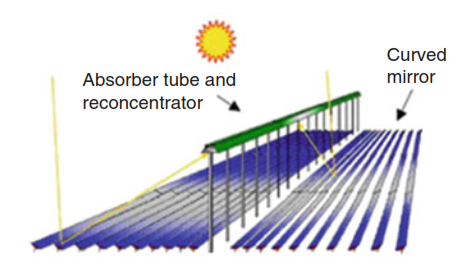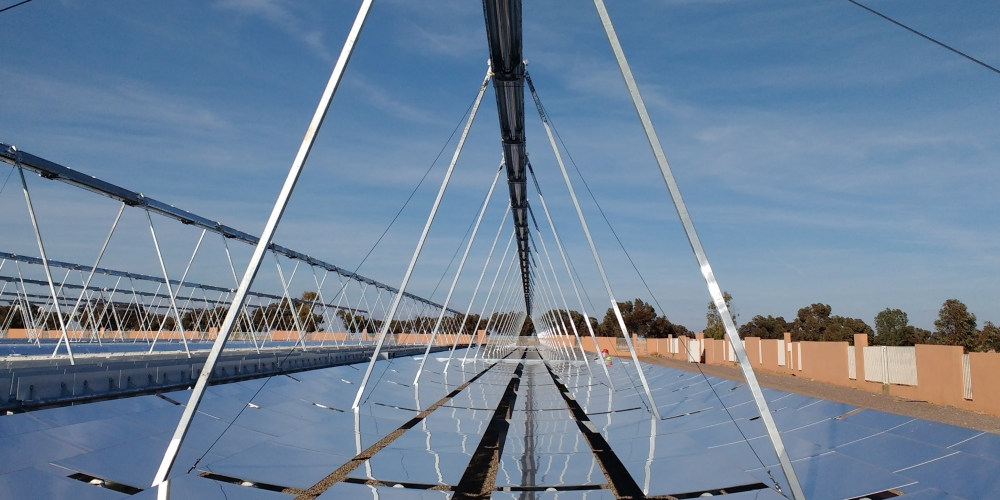


Non-equilibrium thermal fluctuations present as wave elements in a flow. Temperature differences and the fluid's motion cause the wave elements. Wave motion and Brownian motion can be the two basic forms of motion of the molecules in flow. When a fluid is in motion, wave elements are generated among molecule groups.

Tiny temperature differences always exist everywhere in a fluid. A wave element is the wave interface between two molecule groups with different temperatures in flow it is generated by density difference, which results from temperature difference. Wave elements cause an expression of deep insight of the fouling formation. This model shows a sensitivity of low and medium temperature flat plate solar collectors, as the efficiency increased 140% when β was raised and 40% with ΔT.įouling is detrimental to the heat transfer performance of concentrated solar power (CSP) plant components where heat exchange takes place with the cooling tower water. It was also observed that the UL and the efficiency were sensitive to the confined airflow variations. The UL behaved exponentially as β increased from horizontal to vertical position and linearly with ΔT. The results matched previous outcomes with a difference of up to 0.3 W/m2K. The UL experimental uncertainty was ☐.85 W/m2K for the inclination range of 0-45° and ☐.27 W/m2K for the inclination range of 45-90°. The ambient temperature and the mass flow rate were preset for each test. The angle of inclination β range was 0-90°, and the ΔT range was 5.0-25.0 K. The UL and η were determined using heat flow calorimetry at indoor conditions, emulating the solar radiation by the Joule effect and a PID control. This work presents a sensitivity analysis of the overall heat loss coefficient UL and the thermal efficiency η in low and medium temperature encapsulated flat plate solar collectors when controlling the output-input temperature difference ΔT and the angle of inclination β. The results show that the LCOE could be below $0.06/kWh with a probability of between 80% and 90%, where the costs of primary heat exchanger, particles and lifts have largest contribution to the variance of the LCOE. A parametric analysis shows the optimum values of solar multiple, storage hours, tower height and concentration ratio, and a probabilistic analysis provides a cumulative distribution function for a range of LCOE values.
#SOLTRACE LINEAR FRESNEL UPGRADE#
This study also includes an upgrade to the receiver model by including the wind effect in the efficiency, which was not included in previous publications and may have a big impact in the system design. Other relevant parameters related to lift and storage performance are also included in the analysis with the same uncertainty. The rest of component costs such as particle cost, cavity cost and lift cost are set to lower and upper bounds estimating an uncertainty between 25% and 50%. New models for the primary heat exchanger, thermal energy storage and tower are presented and used to establish lower and upper bounds for these three components. This study presents a sensitivity analysis of the LCOE for a particle-based system with the costs of the most current components.


 0 kommentar(er)
0 kommentar(er)
